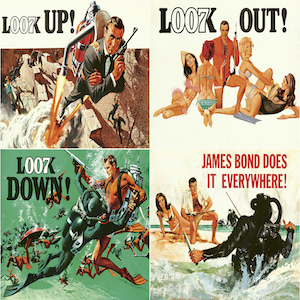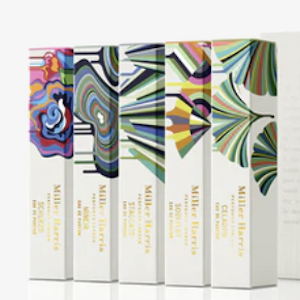In The Middle: Half Imagination, Half Dissection
By Jo Phillips
I’m reading this book right now, and I know, I just know, it would make a great movie. It’s one part religious commentary, one part Eternal Sunshine of the Spotless mind, one part Bourne Supremacy. Filled with nuts and peppered with humor, it’s a near perfect recipe for a movie.
Only problem, its rather long and the secondary characters number in the dozens. The bisexual neighbor, the overweight biology lecturer, the crazy human sized rodent who also happens to be a god… at least most of them have to go, except perhaps the rodent, I love the rodent.
Snip Snip Snip, like an overzealous hedge pruner, I’m half way through my summary of the book for my boss and the story has lost a good 80 percent of its complexity. I’m already imagining an entire secondary character and his story arch as the title credits sequence.
So goes the work of adaptations. Taking a fantastic novel and turning it into a fantastic film, requires more magic than the silver screen has to give. We expect our films to be logical and organized, often centered around one character, with an acceptable ‘I’m not going to have to leave to go to the bathroom half way through’ running time. Or at least that’s what we expect from the films we want to make money. Considering a lot of this book might take place inside the imaginations of other’s we’re looking at a hefty CGI bill.
So what do we do? We snip. There goes the controversial religious bit, goodbye bisexuality, let’s tone down just how whorish the man character can be, and perhaps the dead children should be cut as well, just for good measure; welcome to narrative and artistic dissection with the scalpel of maximizing returns.
Imagination in adaptations will only get you so far when money rules as king. It’s not just money and returns that dictate what we dissect out of our films. Film is a wildly different medium then that of the page. Kernels of thought are beautifully buried in pages, while the briefest can become central elements to a film. Knowing what to cut and why is the skill you learn when working on adaptations.
Adaptations are a remarkably reductive experience. You often take the entire plot of a novel and reduce it to a single page of A4. Then, chuck the book out and burn it’s images from your mind. From this one page, the plot must shine. It’s from this new template that you re-imagine the world, the characters and the motivations of the story. Here your imagination is key as you scrutinize the skeleton of a dissect body of text.
By Shelton Lindsay




